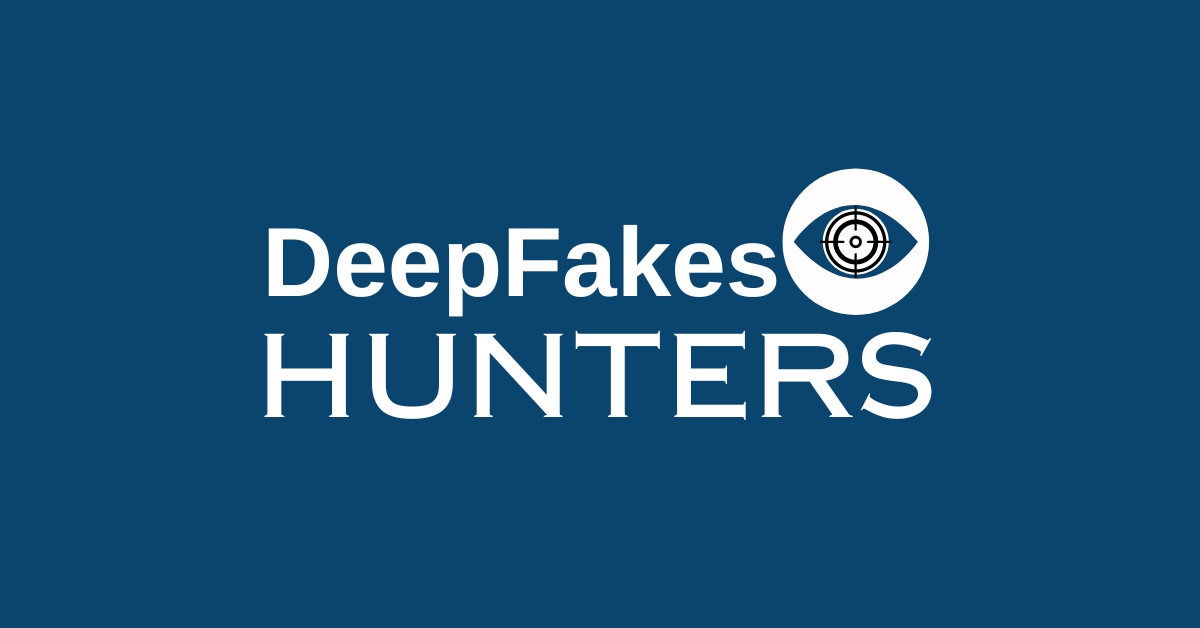AI BRINGS A WHOLE NEW DIMENSION TO THE CHALLENGE OF ORGANIZATIONAL TRANSFORMATION
Ron Miller
7:00 AM PDT • August 31, 2024

Image Credits: metamorworks / Getty Images
Let’s start with the premise that change is hard for everyone. It becomes even harder at scale for a large organization. Over the past 15 years, large organizations have struggled to embrace mobile technology, Big Data, the cloud, and digital transformation. Today, it’s AI that is compelling companies and their employees to adapt, whether they want to or not.
One significant issue is technical debt, the idea that an organization’s technology stack must evolve to leverage new technologies, rather than relying on outdated technical capabilities. It’s challenging to modify critical components that run a business without jeopardizing existing processes. Few managers will completely welcome such drastic changes. Implementing substantive changes carries tremendous risk but also offers immense potential.
Another hurdle is institutional inertia. Changing ingrained habits is tough. I recall when I was a technical writer dealing with a local government’s property record system that was still paper-based. The manual system was cumbersome and time-consuming as employees had to sift through piles of documents.
The new computer system was undoubtedly superior, but the public-facing employees were resistant. Their task involved stamping completed documents with a rubber stamp, which they relished. For those clerks who had worked the counter for decades, the stamp symbolized their identity and authority. Relinquishing that power was not an option.
Eventually, the system architect compromised, allowing them to retain their stamps. Even though the online system rendered the stamp unnecessary, this gesture helped them embrace the transition.
This brings us to the most pressing issue: change management. The most challenging aspect of adopting new technology isn’t the purchasing or implementation phases; it’s convincing people to use it. Sometimes, you must let individuals retain their “stamps” or face potential sabotage, even against the best intentions of the team responsible for the solution.
Considering the profound shifts that AI introduces, we are on the brink of a significant transformation in our work dynamics. Those who feel their power is waning might resist, and organizations must tread carefully to avoid alienation, lest they waste resources.
AI IS A WHOLE NEW WAY OF WORKING
Significant technological changes in organizations have happened before. The rise of the PC in the 1980s and the introduction of the internet marked pivotal moments. However, AI might surpass these instances.
“The internet era reduced information transmission costs, allowing CIOs to adopt digital technologies. AI, however, alters the equation by reducing the cost of expertise,” explained Karim Lakhani, faculty chair at Harvard’s Digital Data Design Institute.

Image Credits: andrewgenn / Getty Images
Box CEO Aaron Levie further elaborated, stating that for the first time, computers are performing tasks once fulfilled by humans. “This represents a new relationship with technology where computers make judgment calls and process data like humans would,” he remarked. Consequently, companies must reconsider computing roles within their organizations.
Levie added, “New frameworks and paradigms are emerging due to what AI can achieve in an enterprise context.” This means organizations must start contemplating AI’s overall impact and addressing challenges like answer accuracy, data security, and the training data used for models.
Of course, Levie believes his platform is equipped to tackle these issues, but with numerous vendors presenting similar claims, it can be challenging for organizations to identify the ones offering genuine assistance and value.
IS THIS THING WORKING?
A major challenge for organizations is determining whether generative AI truly enhances productivity; there is currently no straightforward way to connect GenAI functionalities with productivity improvements. This complicates internal advocacy for its adoption among skeptical employees, concerned about their job security.
Conversely, some employees may demand new tools, creating tension as managers navigate the implementation of AI in a company that holds diverse opinions about its impact on work.
Individuals like Jamin Ball, partner at Altimeter Capital, stress that AI’s transformational nature necessitates bold leaps, even without immediate benefits. “The world is changing — AI represents a monumental shift. By not investing in it, you risk losing market share and becoming irrelevant,” he expressed in his Clouded Judgement newsletter.
Gartner analyst Rita Sallam pointed out that the initial promise of word processors wasn’t primarily about cost reduction via secretarial layoffs but rather about enabling a new way of working. “Removing the limitations on idea generation and sharing them organization-wide has likely unleashed a new era of innovation,” she stated. While difficult to quantify, these changes offer substantial advantages.
Getting executive buy-in has always been vital for successful digital transformations. Like PCs and the cloud revolutionized business operations, AI may present similar opportunities.
Lakhani observed, “AI is distinct from cloud technology. CEOs can directly grasp its benefits without needing intricate technical explanations, which can facilitate organizational change.” He suggested that the current wave of interest is largely fueled by influential corporate leaders experiencing AI’s solutions to their pressing challenges.
However, vendors can’t simply infiltrate organizations to sell solutions; they must demonstrate tangible value. “Tech giants and vendors need to enhance their approaches to illustrate how companies can adopt these technologies,” he advised.
Navigating the people challenge will be a greater obstacle. Lakhani noted three key truths that organizations must acknowledge during this transition. First, “Machines won’t displace humans, but humans leveraging machines will outperform those without them.” Second, “AI initiatives are prone to fail if not approached from the top down, with incentives for ‘stamp makers’ to adopt and appreciate the changes.” Ramming it down their throats will lead to failure. Instead, clearly define the rationale for change without resorting to authority alone.
No one claims this journey will be seamless. Organizations exhibit varying maturity levels and technological readiness. Ultimately, people are inherently complex, and meaningful change is rarely straightforward. AI will challenge organizational adaptability more than any previous technology, and it’s not exaggerated to assert that some companies may thrive or falter based on their adeptness in managing this transition.


